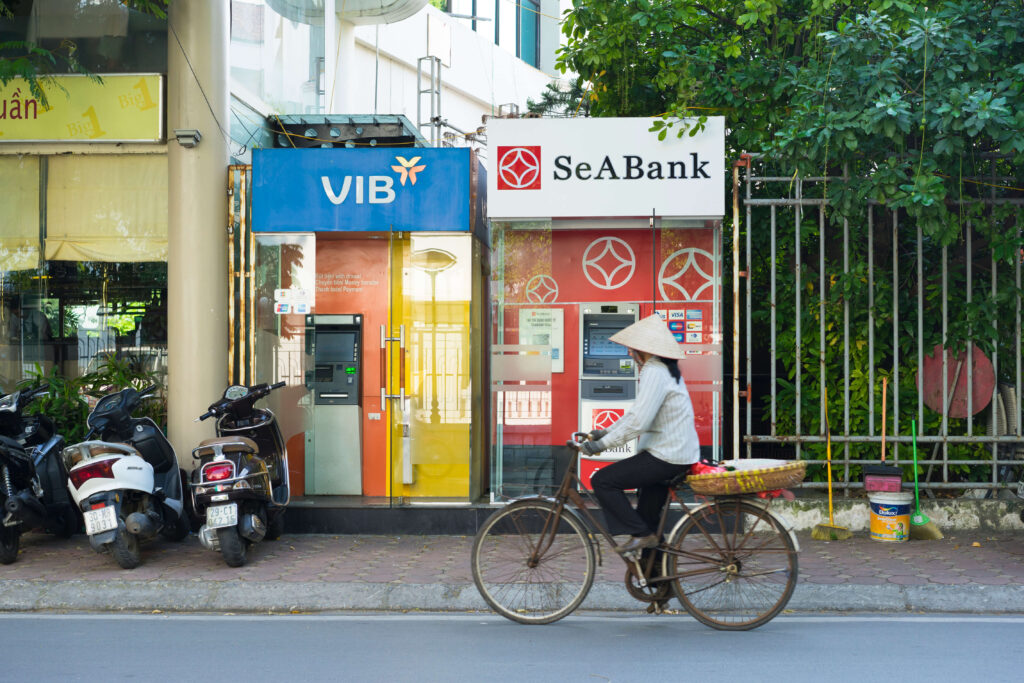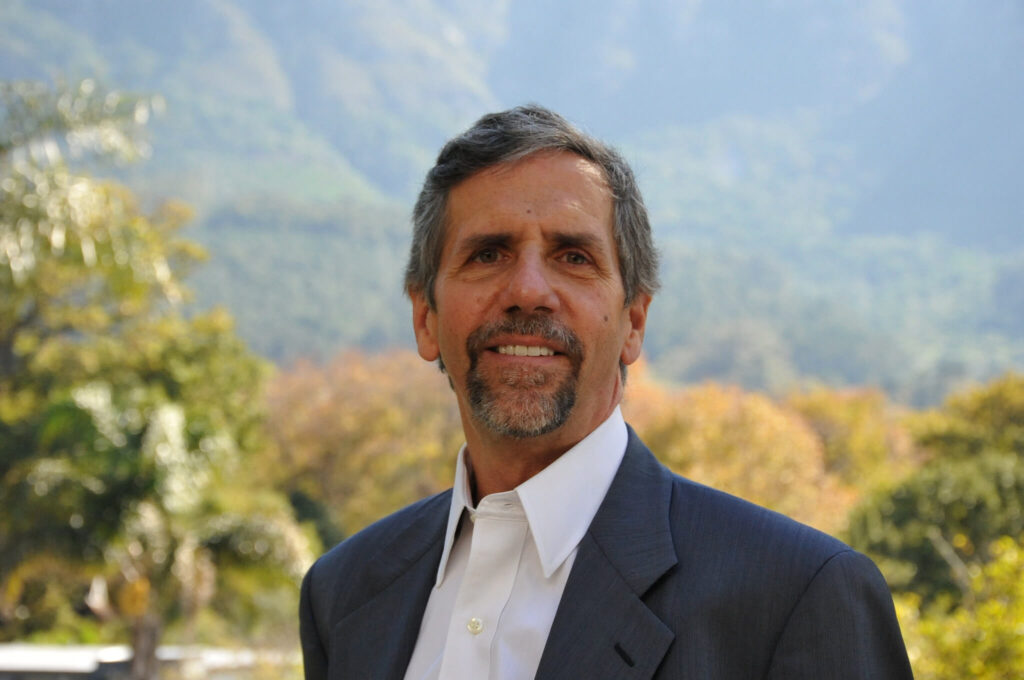
For years, the high impact outreach of the “pro-poor” financial inclusion sector was the darling of impact investors, attracting by far the largest share of funding. Then COVID-19 starkly exposed and exacerbated global needs across many fronts, eclipsing what had already been waning emphasis on financing financial inclusion. In the wake of COVID-19, has the slow-motion extinction simply accelerated in the face of overstretched funder resources, bright shiny objects, and neglect? Or might funders and investors have developed the necessary tools and information and marshalled the resources necessary to reinvigorate pro-poor financial inclusion?
These were among the questions for about two dozen leaders of microfinance organizations, impact investors, and analysts from around the world who convened recently at a workshop hosted by Lehigh University’s Martindale Center to share views on how financial inclusion interacted with the socio-economic crises of the pandemic. The event built on the success of a previous similar workshop that resulted in the publication of The Future of Microfinance by Brookings Institution Press in 2020.
Knowledge Gaps in Pro-poor Financial Services Investing
This year’s workshop surfaced causes both for optimism and concern on the question of whether financial service providers (FSPs), in current form or in some reincarnation, would be able to resume and enhance their support to financially excluded and low-income populations. While participants identified positive trends, it was clear that the potential to enhance financial inclusion would depend on several key factors.
More specifically, in a session about challenges and opportunities for investors, discussion centered on gaps in our understanding of the critical factors necessary to best channel investment flows to enhance meaningful financial inclusion. The group discussed:
- Which FSPs are truly additive and uniquely targeting excluded populations?
- Have sufficient resources, expertise, and innovations been mobilized to strengthen operations of high impact FSPs weakened by the pandemic?
- Are blended finance vehicles being created to channel sufficient support to high-impact FSPs that may not yet meet the requirements of commercially-oriented investors?
- As some high-impact service providers shrink or disappear, are investors migrating to remaining FSPs or to new entrants that pick up their clients?
- Are emerging fintechs and digitizing FSPs effectively addressing impediments to outreach— connectivity, access to smart phones, literacy—and enhancing data security and battling fraud?
In tackling these questions, the Lehigh workshop participants agreed that while it was timely to make an initial assessment of where we are in 2022, we must constantly evaluate progress as the financial inclusion sector continues its recovery, evolution, and reinvention. There was also consensus on the importance of impact investors ensuring that they do not mistake the preservation of institutions and value in existing portfolios with the need to find better ways to serve poor clients. While traditional microfinance institutions (MFIs) generally set high bars for treating clients with respect and understanding and offer ancillary benefits such as human resource development, these must be weighed against the potential improved services and product designs that innovative entrants may offer.
A topic not highlighted at the workshop but that is gathering increasing attention and urgency in the months since, as documented in the e-MFP’s 2022 Financial Inclusion Compass, is climate. Building a financial inclusion sector that prioritizes climate resilience and mitigation in low-income communities, which are disproportionately vulnerable, should be a core criterion for investors going forward.
Pandemic Storm Protection
The workshop took place against a backdrop of some satisfaction that the liquidity crunch dreaded at the pandemic’s outset in 2020 had been largely avoided through a combination of actions taken by funders, governments, and FSPs themselves: coordinated pauses by lenders on debt repayments, liquidity support to FSPs and cash transfers to individuals by governments, and a sharp contraction in lending by FSPs.
At the same time, steps were taken to avoid an abrupt decapitalization of FSPs and an immediate solvency crisis: restructurings and moratoria on loan repayments coupled with regulatory forbearance in recognizing asset quality deterioration. The urgency to address solvency that Ira Lieberman and I had foreseen in our article in April 2020 was proven premature.
The disappearance of FSPs that faced insolvency in Tanzania, Uganda, and Kenya would potentially leave 1.2 million clients, mostly rural women, unserved.
But tempering workshop participants’ relief about dodging (so far) the twin threats of illiquidity and insolvency was general agreement that the need to recapitalize the sector had most likely been deferred rather than avoided. Data collected by MFR showed global average equity-to-asset ratios had held up and that neither portfolio-at-risk nor write-off rates had dramatically worsened. However, the averages obscured sharp regional and institutional disparities. Sub-Saharan Africa suffered more serious deterioration, especially among FSPs in Tier 2 (assets <$100M) and Tier 3 (<$10M). In three countries that MFR assessed in detail, Tanzania, Uganda, and Kenya, more than one quarter of Tier 2 and 3 FSPs faced insolvency. Their disappearance would potentially leave 1.2 million clients, mostly rural women, unserved.
Equity Shortfall Reshaping the Sector
Faced with this and similar stresses elsewhere, impact investors and funders face difficult choices. In a recent analysis included in Ira Lieberman, Matt Colyar, and my book The Crisis of 2020-2021 and Beyond, it was estimated that equity infusions required to rebuild balance sheets and resume growth would almost certainly exceed the capacity of development finance institutions (DFI) and microfinance investment vehicle investors. The equity shortfall, particularly when coupled with the at-times conflicting demands of enhancing impact while maintaining fiduciary responsibility to investors, raises the question of how the financial inclusion sector that emerges may be reshaped as investors resolve conflicting pressures in the allocation of capital. Which FSPs—existing and new entrants—are likely to attract capital? As noted in a September 2021 CGAP post:
In some cases, there may be an inverse return—some of the more financially rewarding investments in the microfinance sector may deliver less positive social impact in absolute or relative terms. Tier 2 and Tier 3 microfinance providers often have a deeper reach into their communities—particularly in rural areas—than larger, better capitalized lenders do. Many of these microfinance providers are highly vulnerable yet deliver high impact. Their failure would erode many of the financial inclusion gains that have been made over the last decade.
COVID-19 headwinds notwithstanding, workshop participants saw reasons for some optimism in major markets. Financial inclusion metrics in fact improved in Nigeria, consistent with global trends noted in the World Bank’s 2021 Global Findex survey. Investment flows increased in Nigeria as well, targeting fintechs, while at the same time traditional FSPs accelerated digitalization. In India, a representative sample survey suggested small- and medium-impact companies generally managed to survive despite being excluded from much of the government support, the overwhelming majority of which went to larger, higher rated, better capitalized companies which likely would have weathered the crisis without it. Smaller companies successfully relied on their own devices; a pattern repeated elsewhere. And most importantly, borrowers showed resilience and adaptability, marshalling an array of coping mechanisms to reorient livelihoods and in some cases emerging from the pandemic relying less on a perpetual roll-over of loans from FSPs.
But this optimism is conditional. Digitalization and the growing capacity of fintechs are only positive if they replace outreach lost from the shrinking Tiers 2 and 3. While certainly possible—digital financial services can in principle overcome some obstacles to outreach that traditional FSPs struggle with—they are unlikely to do so without sustained encouragement, even pressure, from investors. Survival of early-stage impact companies is not enough; systematic disinterest from investors and government support will at least take a toll on near-term growth if not medium-term survival. In the foreseeable future, outreach to some particularly difficult to serve populations may only be preserved by reviving high impact FSPs. Yet such interventions may in turn require the types of blended finance instruments that DFIs are just beginning to reconcile with their mandates, and what scale does materialize may be insufficient. Then too, overlaying all these resource allocation questions, is the need to improve investors’ ability—and accountability—to discern which FSPs, old and new, will most effectively serve excluded populations.
Survival of early-stage impact companies is not enough; systematic disinterest from investors and government support will at least take a toll on near-term growth if not medium-term survival.
Some of the most vulnerable FSPs post-COVID, those most likely to fail, were already struggling, for good reasons and bad. They often work in the most challenging areas with the hardest to reach populations, for example older women in remote rural communities. But some also suffer from operational deficiencies. Should they—can they—be supported? And if not, what fills the gap that their disappearance creates?
Funders and investors face a challenging period. Hard-earned progress in financial inclusion and in leveraging digitalization’s potential have been significantly threatened by COVID-19’s shock to global poverty. The sector’s equity base erosion far exceeds resources available to counter it, creating a fundamental risk. The sector that emerges may substantially differ in character and aspirations than pre-pandemic: less focused on low-income, remote, marginalized, and otherwise difficult to serve populations. Rigorously testing investment decisions with the questions posed above in mind can help illuminate and mitigate this risk.
Participants of the Lehigh University workshop included Lucia Spaggiari, Innovation Director of MFR, Bunmi Lawson, CEO of Edfin Nigeria, Avishek Gupta, Managing Director from Caspian Impact Investments India and Alec Paxton of the US Development Finance Corp. This note represents the author’s views, which are not endorsed by any of the other participants.










